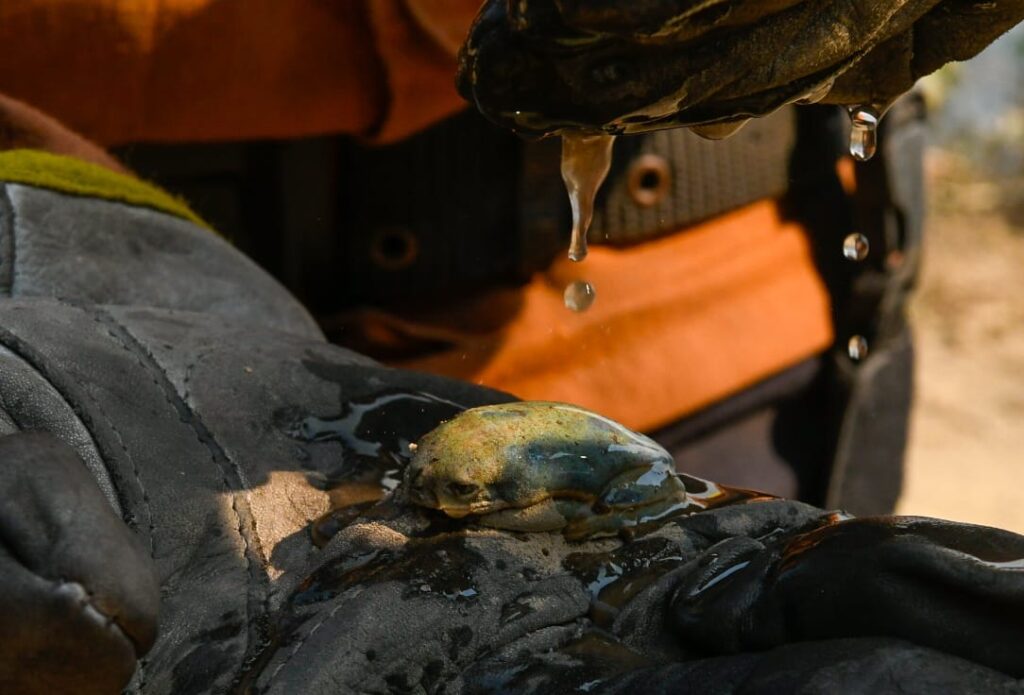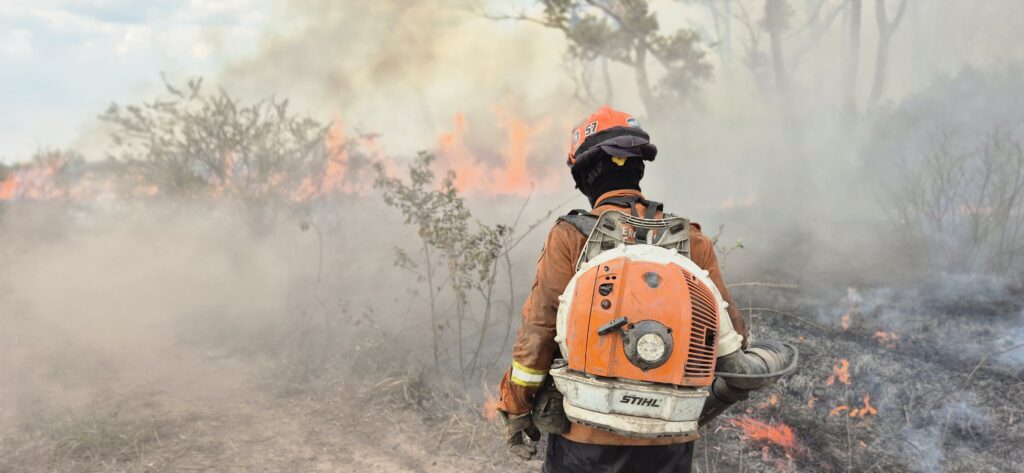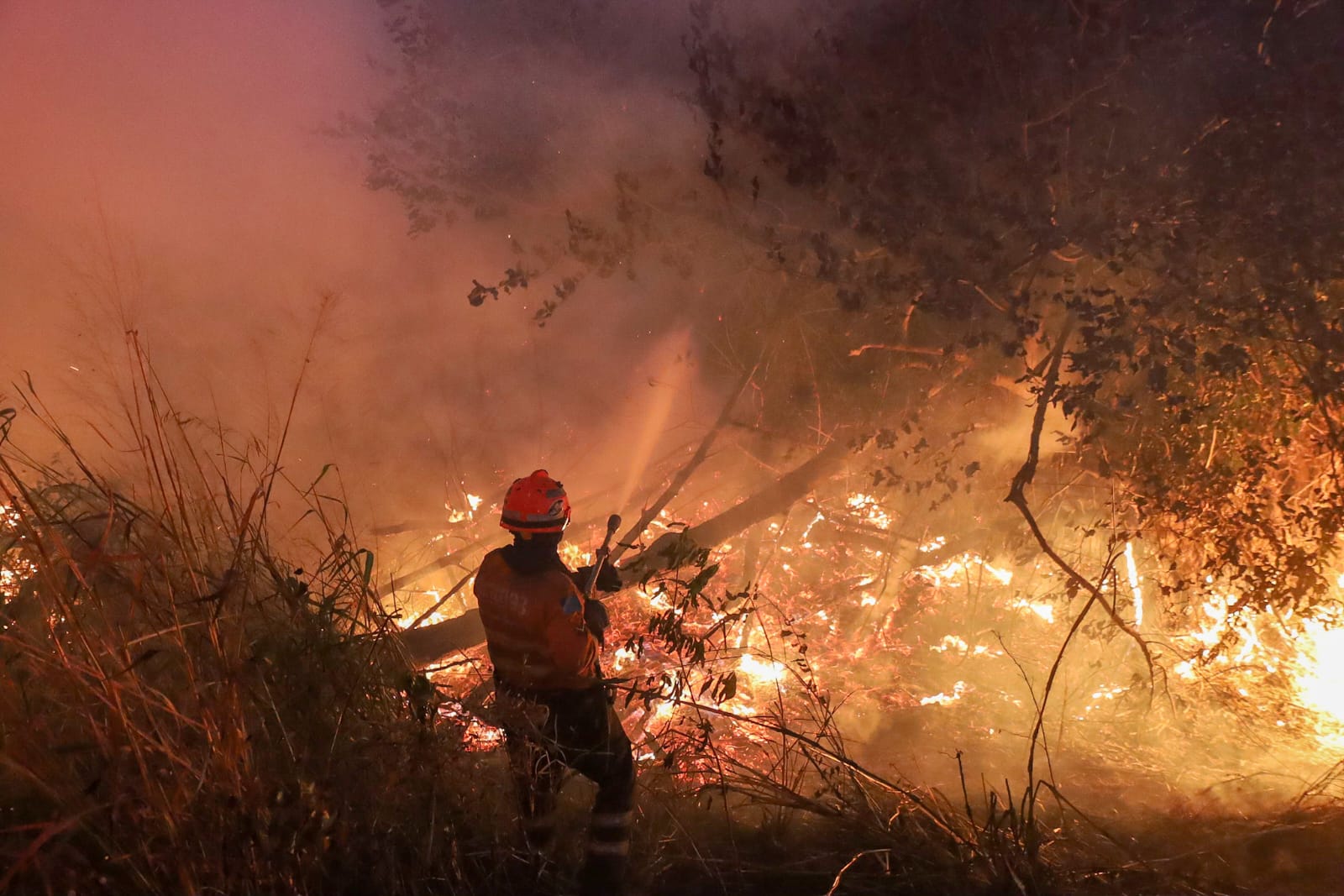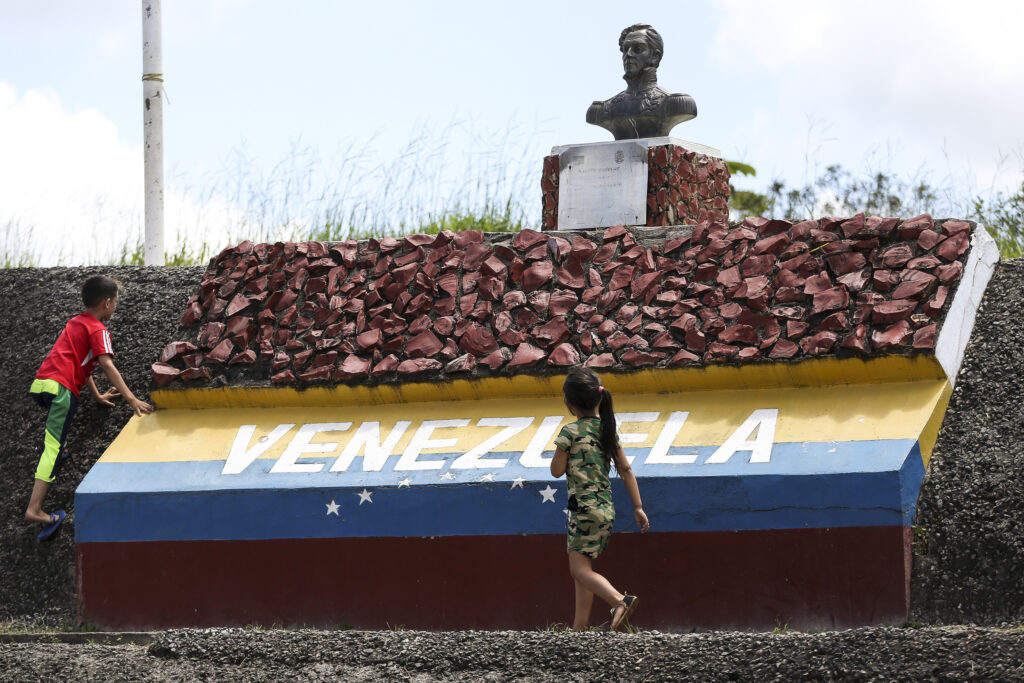São Paulo, Brazil – A series of wildfires is turning the world’s largest tropical wetland into an open-air inferno. Home to over 3,500 plant species, more than 600 bird species, 124 mammals, 80 reptiles, 60 amphibians, and 260 freshwater fish species, Brazil’s Pantanal is burning as never before recorded in history.
June came to an end with 2,639 fire outbreaks, the highest number since the National Institute for Space Research (INPE) began monitoring fires in 1998. So far, 2024 has seen over 3,538 fire points detected by the agency. The fires have already consumed at least 700,000 hectares (1.7 million acres), causing unimaginable devastation to the biome’s flora and fauna.
The situation is exacerbated by a severe water crisis affecting the region.

Dr. Ibraim Fantin, a professor in the graduate program for water resources at Brazil’s Federal University of Mato Grosso, told Brazil Reports that the lack of rain is one of the main factors contributing to the fire’s spread. It is the most severe drought the biome has faced in 70 years.
“Rainfall this year was 30% below average, mostly concentrated in April,” said Dr. Fantin. “We saw a slight rise in river levels in April, but it wasn’t enough to provide the soil moisture needed for lush vegetation growth, making the area highly susceptible to fire.”
Another worrying factor is the use of fire to clear land for agricultural and pasture use on rural properties. This soil management technique is allowed with environmental control authorities’ permission, but the fires often get out of control, spreading beyond the rural properties they’re supposed to be confined to and onto the wetland.



(Mato Grosso do Sul Fire Brigade’s Communications Office)
Due to the increase in fires, the local government has temporarily suspended these types of burns until the end of the year.
“Despite high temperatures, biomass doesn’t combust on its own. From what we observe on the ground, most of the time it’s due to human activity, either intentional or through negligence, to clear land for productive activities and pasture, which is the main agricultural activity here in the Pantanal,” added Dr. Fantin.
Brazil’s Federal Police have launched an investigation to determine any criminal responsibility for the fires. One hypothesis is that the fires originated on nearby farmland and spread rapidly over the dried-out land.

(Bruno Rezende / Mato Grosso do Sul Government Press Office)
Nestled in the heart of South America, the Pantanal spans approximately 220,000 square kilometers across Brazil, Bolivia, and Paraguay. About 120,000 square kilometers lie within Brazil, shared between the states of Mato Grosso (35%) and Mato Grosso do Sul (65%).
Corumbá, a gateway to the Pantanal in Mato Grosso do Sul, has been shrouded in dense smoke for weeks, despite efforts by local and federal governments. A firefighting team made up of more than 500 people, including military personnel, firefighters, environmental agents, and volunteers, is battling the blazes. Six helicopters and six planes also support the operations, with the Brazilian Air Force making drops of 12,000 liters of water mixed with chemicals to extinguish and prevent the re-ignition of flames.



(Mato Grosso do Sul Fire Brigade’s Communications Office)
Unfortunately, the catastrophe seems far from over. Professor Fantin remains cautious about predicting the Pantanal’s future post-tragedy. He notes that the biome can recover quickly if rainfall returns to standards sufficient to raise river levels, restoring characteristic floods to the landscape. Without adequate rainfall, the problem could worsen.
“If we face consecutive years of extreme drought or low flooding, the Pantanal will struggle to recover because its entire structure depends on the flood pulse,” said Dr. Fantin. “Water interacts with the plains, nourishing them and transporting organisms, seeds, plants, fish, and animals. Flooding maintains the balance between aquatic and terrestrial vegetation. Normal flooding will allow rapid recovery, but continued drought will lead to significant imbalances impacting the fauna and flora.”










